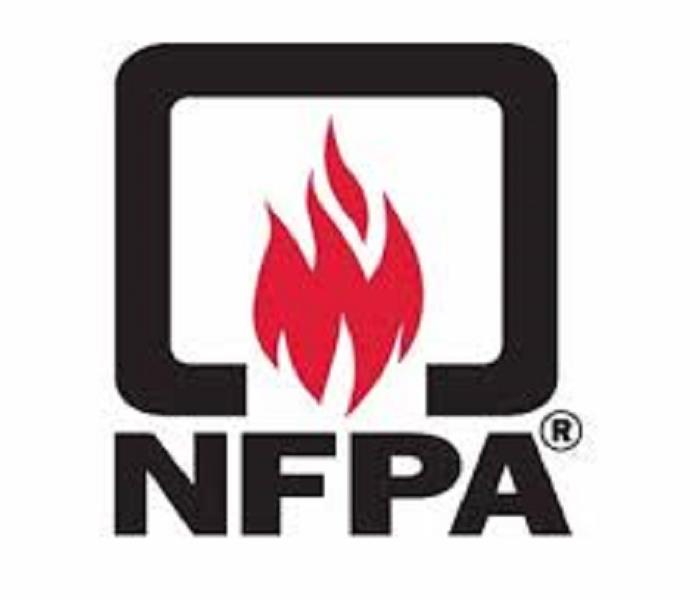NFPA's Most Recent Home Structure Fire Research Report
2/25/2019 (Permalink)
The National Fire Protection Association (NFPA) is a global nonprofit organization, established in 1896, devoted to eliminating death, injury, property, and economic loss due to fire, electrical, and related hazards. NFPA is a great resource for fire safety tips, fire safety training, and fire research. In December of 2018, NFPA released their most recent research publication of fire statistics and findings from 2012 to 2016. Below are a few important statistics to note:
- More than one-third of reported fires (27%) occurred in the home.
- During this five-year period, firefighters responded to an average of 355,400 fire per year.
- Roughly one of every 326 households per year had a reported home fire during this period. On average, seven people died in a fire in a home per day.
- Leading causes of home structure fires from 2012- 2016 are as follows: Cooking equipment accounted for 48% of home structure fires. Heating equipment accounted for 15% of home structure fires. Electrical distribution and lighting equipment accounted for 10% of home structure fires. Eight percent of the fires were deemed intentional. And lastly, five percent of the home structure fires from 2012-2016 were caused by smoking materials.
- Candles started an average of 8,200 fires annually, resulting in an average of 80 deaths, 770 injuries, and $264 million in direct property damage per year.
- Someone, usually a child, playing fire or another heat source, started an average of 5,700 home fires annually in 2012-2016.
- The kitchen was the leading origin in home structure fires.
- Almost three of every five home fire deaths resulted from fires in which either no smoke alarm was present (40%) or at least one alarm was present but did not operate (17%).
Ways to help protect your home from fire damages:
- Pay attention when cooking. Never leave food cooking on the stove unattended.
- Keep a fire extinguisher in the kitchen. Do not pour water on a grease fire, either use a fire extinguisher or baking soda to put out the fire.
- Do not overload outlets or power strips.
- Do not plug more than one heating appliance into an outlet.
- Make sure flammable items are kept a respectable distance away from the stove, fireplace, and appliances.
- Teach children not to play with fire and other fire safety tips.
- Install smoke alarms on every level of your home and in each bedroom.
- Test smoke alarms every month and replace batteries every six months. Smoke alarms should be replaced every ten years. Check the back of the smoke alarm for the manufacturer's date. If not date is noted, then replace that smoke alarm and install a new one.
- Clean out the lint screen before each drying cycle.
- Unplug appliance when they are not in use.
For more fire safety tips, please visit https://www.redcross.org/get-help/how-to-prepare-for-emergencies/types-of-emergencies/fire.html






 24/7 Emergency Service
24/7 Emergency Service
